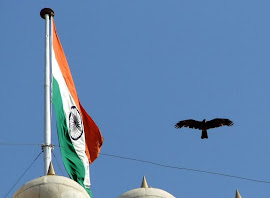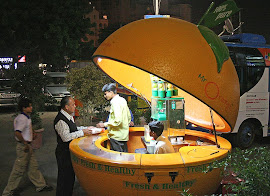Decoding Indian Consumers
Analyses and speculation about Indian markets and consumers that started with NCAER’s household surveys in 1985. Like others, it tries to bring life and management direction to the data. Srinivas places the changing Indian consumer in the context of India’s economic policies and progress. He has many stories and examples, extensive quotes from other writers and Hindi cinema to illustrate his points. Consumption started to become a driver of growth when Rajiv Gandhi “broad banded” industrial licences in 1984. NCAER began its massive (sample of 500,000, later 300,000 households) surveys on purchase and ownership of manufactured consumer goods in 1985. The information on households showed consumption by five income categories. Other surveys and consumer panels, and the National Sample Survey have since provided other information. The last census, too, has provided information on ownership of consumer durables. For me, as a management and marketing professional, the data was a gold mine. I analysed the data for shifts in income distribution, brand loyalty, multiple purchases, prices paid, and the “poor” as a market, the consumption habits of the “rich”, etc. In early 1993, I brought out for NCAER the first Consumer Market Demographics in India; the latest came in 2007 on How India Earns, Spends and Saves. By 1992, consumption of manufactured goods had become an important driver of the economy. But sociologists had not (and do not even today) study consumption as a way to understand human behaviour and societies, despite massive amounts of market research data now being available. Butter Chicken in Ludhiana was then the only book that described the behaviour and habits of the people compressed into the NCAER numbers. Pavan Varma later wrote The Great Indian Middle Class, taking a censorious view of the new era of rampant consumption. Rama Bijapurkar in We Are Like That Only crunched the numbers imaginatively to delightfully show companies how to approach Indian markets. NCAER data showed trends that were novel to a long closed economy. I saw households graduating upwards in incomes; the proportions in the lowest levels declining with the highest income categories fast increasing, and purchase and ownership of durable consumer products rising rapidly. Srinivas gives examples of how foreign companies misread this data to assume that India was rapidly developing a large “middle class”, even confusing these consumers as having near-western purchasing power. Kellogg’s early pricing decisions, Tang’s failure to learn from the Rasna experience of pricing for children and the failure even of an experienced “Indian” company like Hindustan Unilever (then Hindustan Lever) to understand the target consumers for ice cream, were other examples. Srinivas rightly asks how households with low incomes (even at the higher echelons) could contribute to such rapid growth of ownership of durable products, even cars, two-wheelers, refrigerators, air conditioners, and cell phones as has happened in recent years. His convincing answer is that many people want the ownership but do not use most of their purchases to any significant extent. For example, the average revenue per user of cell phones in India is lower than in most other countries. Many buy cars but use them only on special occasions. I used NCAER data and other data to form a market pyramid for India. At the bottom was a large base of the destitute, including households that the Planning Commission classified as below the poverty line, followed by the aspiring, the climbers, the consuming class, who accounted for much of the consumption of manufactured goods, and the westernised elite or “rich” at the top. Surprisingly, for that time, households at the bottom of the pyramid also constituted a market of people who wanted to consume. As Srinivas points out, products for them must be designed with function as more important than form and priced at levels that their immediate disposable funds can afford. Velvette shampoo sachets, priced at Re 1 each, were the first to design a product for a low purchasing power market. This exploded the number of shampoo-user households. Since then, the concept has extended to lowpriced airline tickets, “Ginger” hotels offering basics, the halftonne air conditioner, Tata’s Nano and others. His “Seven Ps of the Indian Middle Class”—Product, Price, Place, Positioning, People, Posturing and Post-mortem are intended as guide for new entrants. Product must last long, at a Price that is affordable, and suited to Indian tastes. He identifies a class of Indians who will pay more for better looks, snob value and features. Place stands for regional targets. Mercedes Benz found that its car had untapped potential in medium and small towns, where status-seeking entrepreneurs in small-scale and medium industries wanted comfort on bad roads, and safety in accidents. The final three Ps seem repetitive. People differences in any segment seem similar to Place. It is not clear how Posturing is different from Positioning. Postmortem is about imitating the first mover. He says that the middle class, unlike in the West, is not uniform. It consists of many subsets on account of caste, class, educational and professional differences. The cross-cutting between them gives rise to the many hundreds of subsets. Some are savers, others are spenders; some are modern, others old-fashioned, etc. His example of Ritu Kumar designing for conservative, middle class women, and Manish Malhotra only for film stars, is compelling. This book is a useful breezy jump into the enormous complexities of Indian markets. It is particularly good at description. Practical marketing experience of Indian markets would have further enriched it.
.jpg)








.jpg)

0 comments:
Post a Comment